Peri-implantitis with Dr Ope Sodeinde
Last week, I attended the first ever Perio-Implant Study Club hosted by Ope Sodeinde
Ope is a specialist periodontitist working in Wimpole Street in a specialist periodontal referral practice. Ope offers some fantastic support for GDPs who refer patients to him including being able to attend study clubs.
Last week, the topic Ope discussed was peri-implantitis - a growing concern in modern dentistry.
Here's a brief summary of his talk.
What diseases can affect implants?
1. Peri-mucositis - appears as redness/swelling of gingivae, bleeding on probing, sometimes suppuration but no bone loss
2. Peri-implantitis - this will have the same clinical appearance as above BUT with bone loss
Commonly, peri-implant disease presents with no complaints from the patient until the situation becomes very advanced. Inflammatory lesions appear deeper and much quicker around implants than teeth as there is no connective tissue present, so if a patient presents with a mobile implant, the implant itself is probably about to fall out.
There could be the added issue in a patient with a thick gingival biotype, the inflammed tissues are masked and are less likely to recede so detection can be delayed. Pockets around implants are also physiologically deeper than around teeth, so a 4mm pocket may indicate disease around a tooth but not around an implant. The pockets themselves may be difficult to measure around an implant due to subgingival threads or bulbous crowns making access parallel to the long axis impossible.
So how can we detect Peri-Implant disease?
Regular maintenance and imaging is paramount to the early detection of disease.
CBCTs are not useful as the implants create scatter, but bitewings are very good to show bone levels around implants.
Risk factors for Peri-Implant disease
Patient factors:
- History of periodontal disease
- Smoking
- Poor oral hygiene
- Lack of maintenance
Implant factors:
- Implant surface roughness
- Soft tissue cuff height
- Presence of keratinised tissue
- Implant-abutment junction - if there is biofilm at this junction, there is increased risk of failure
How do I treat Peri-Implant disease?
Non-surgical management:
- Scaling (hand instruments/ultrasonic). - whatever you may use for the treatment of periodontal disease
- Local/systemic antibiotics
- Lasers
You can also manage this disease surgically, but some things you need to consider are:
- Is there enough keratinised tissue present?
- Is the thread pitch of the implant (the distance between the threads) enough for Guided Bone Regeneration (GBR)?
- Can the implant be adequately decontaminated?
- How much recession is acceptable? (especially in anterior teeth)
Thanks so much to Ope, Jo and the team for organising a really informative evening. Can't wait for the next one!
To see more information see Ope's practice website here.
Do you feel confident diagnosed peri-implant disease? Let me know in the comments below!

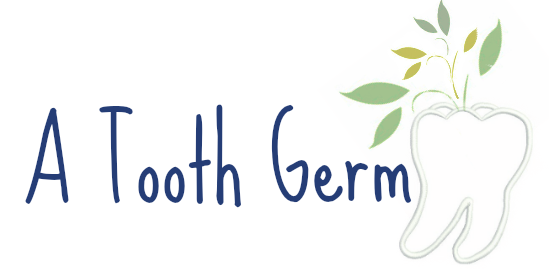
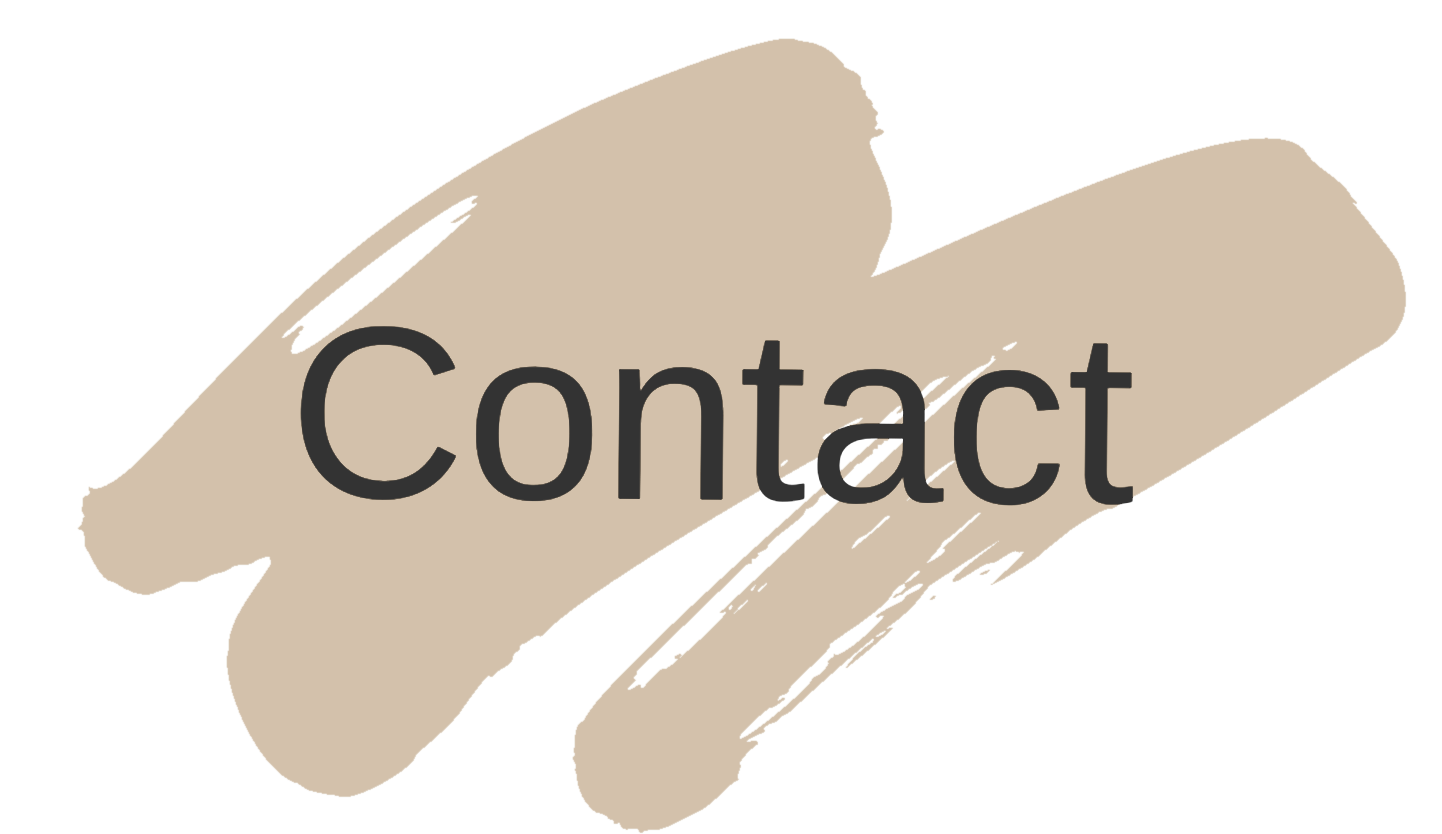


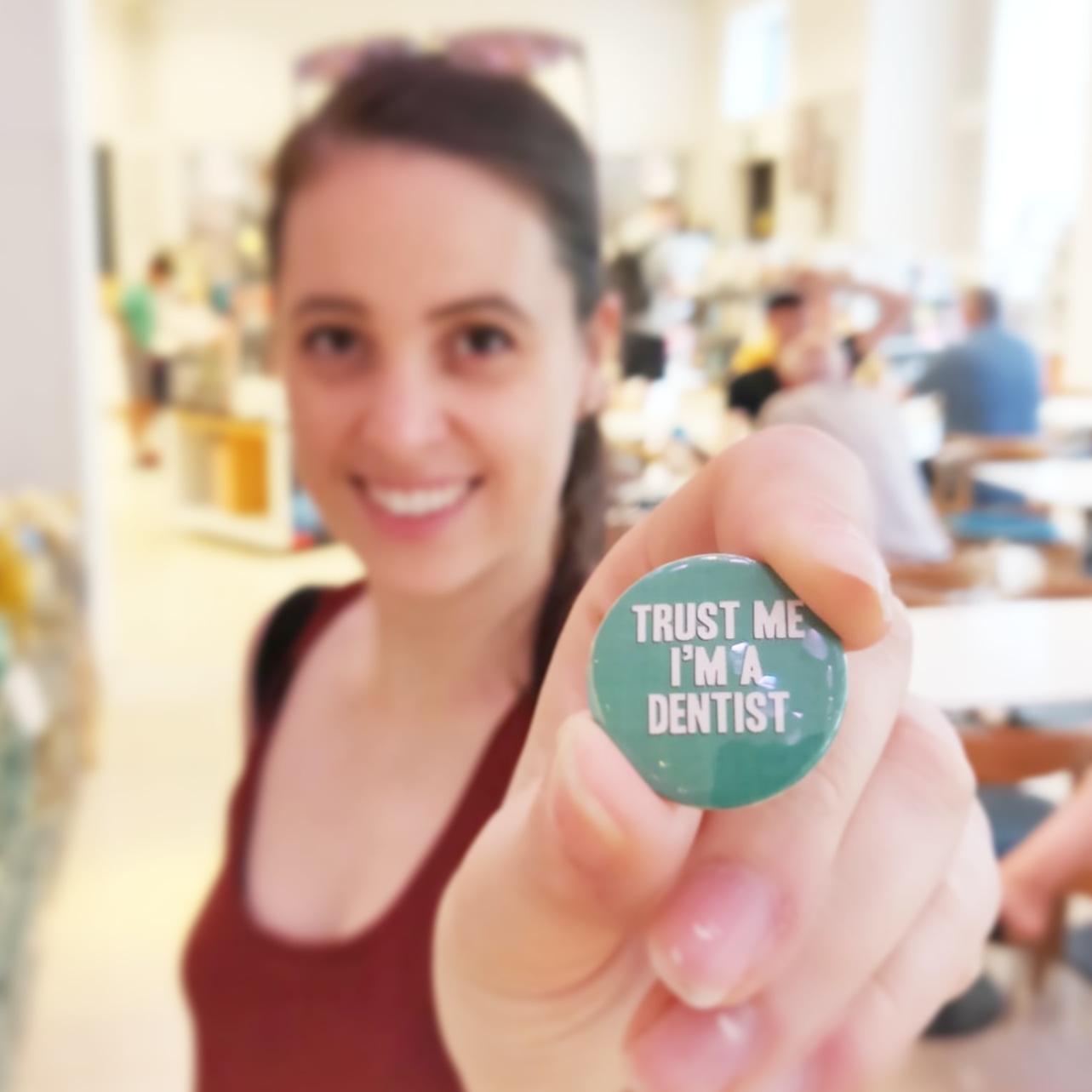







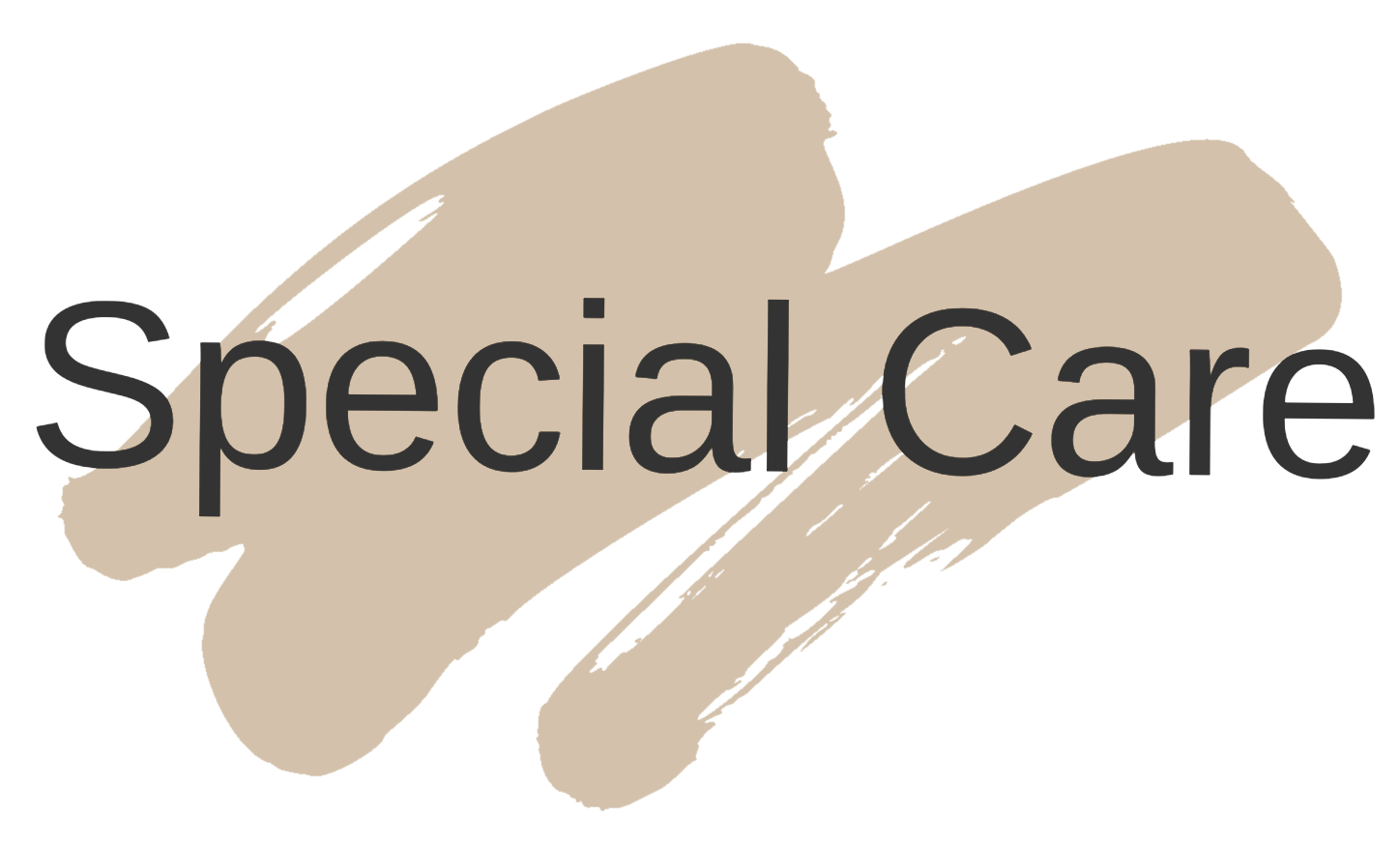
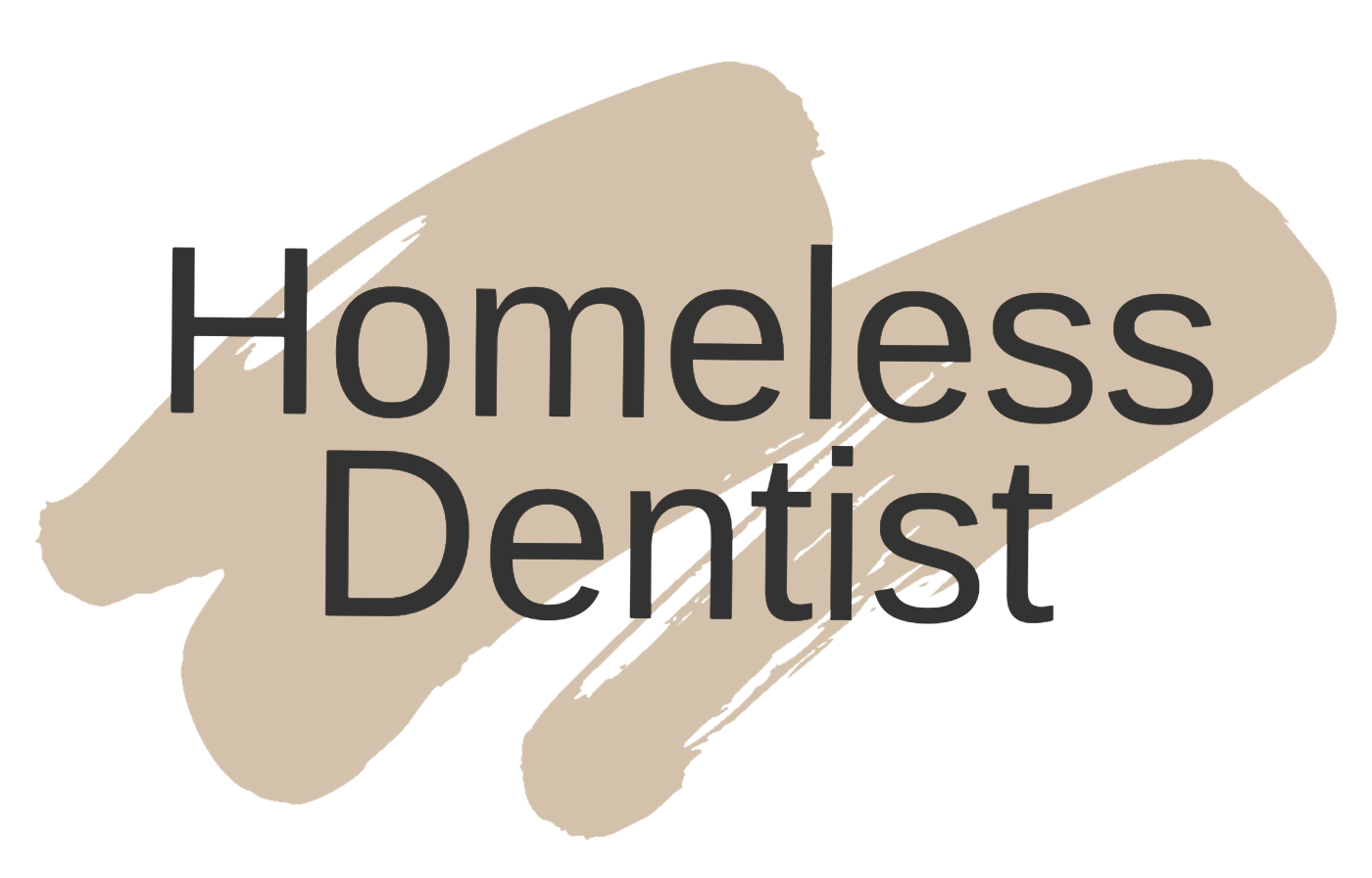



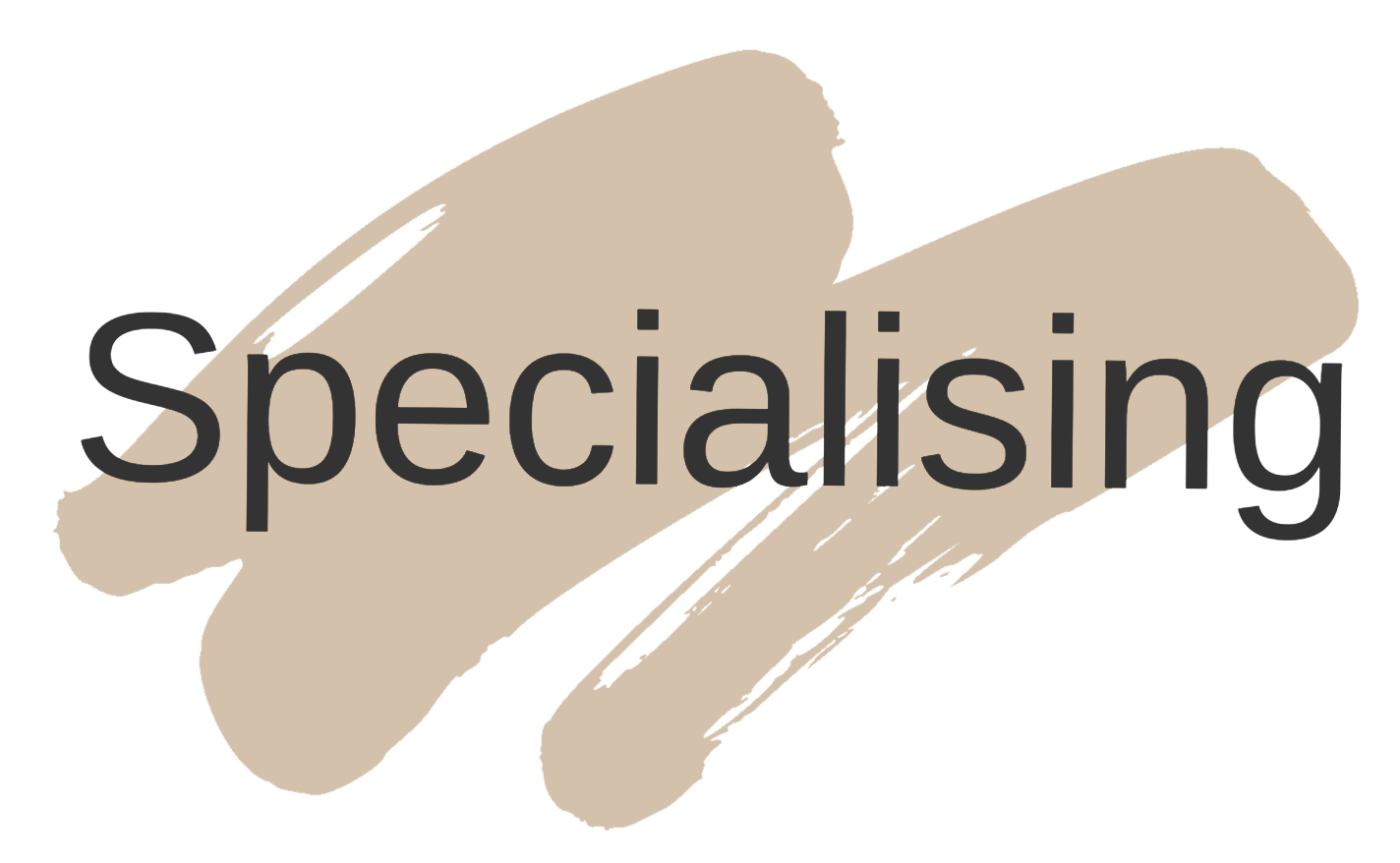
1 comments
Thanks for the blog.Nice peri implantitis with dr ope sodeinde information.You can also check.
ReplyDeleteperi implantitis with dr ope sodeinde